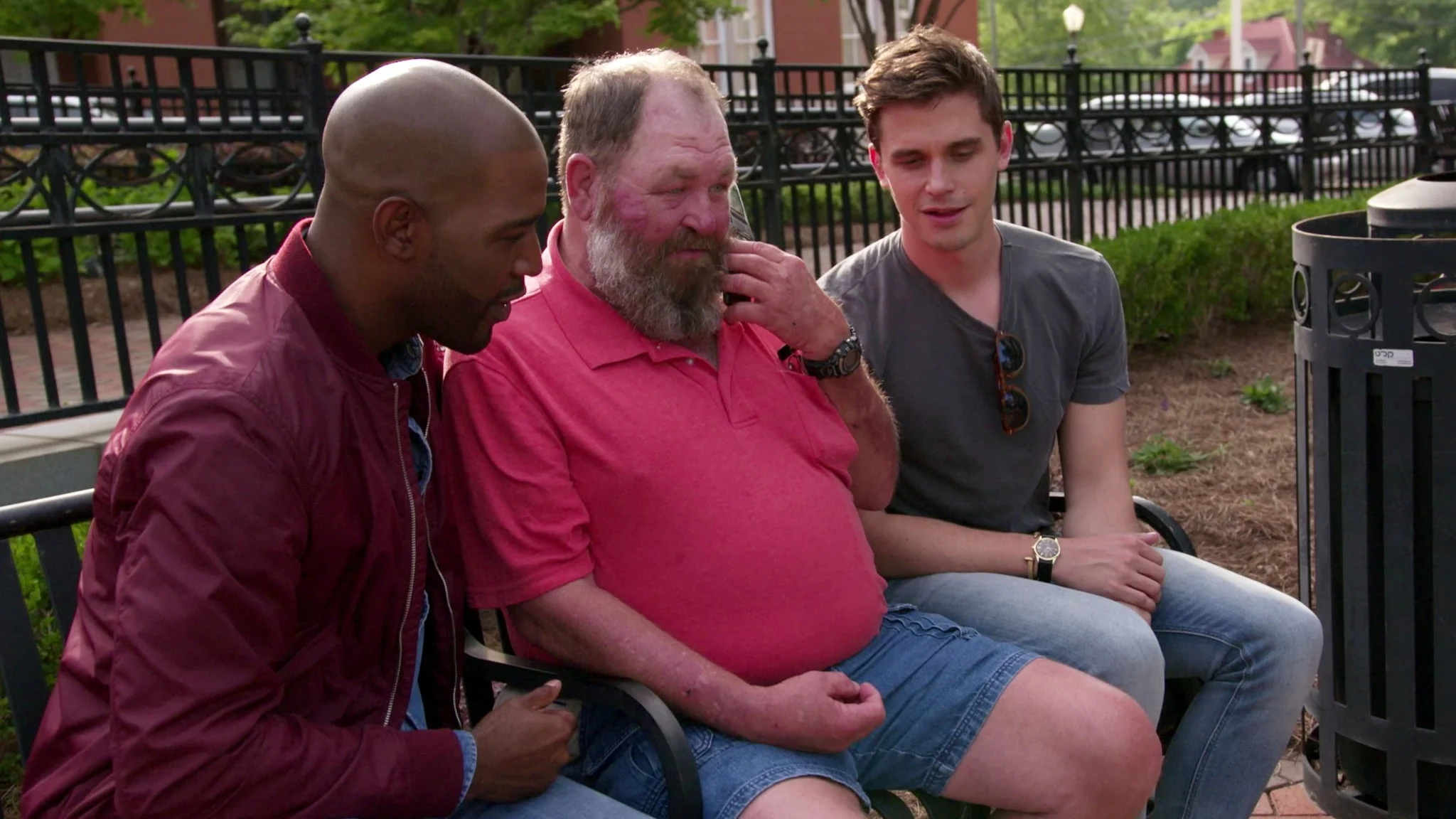Queer Eye returns to remind us of ourselves.
Queer Eye (for the increasingly lonely guy)
I didn’t watch Queer Eye religiously when it first aired some 15 years ago. I remember liking the premise but feeling like the show wasn’t especially for me: in 2003, I was a high school student in Orlando, Florida. Half my gay friends were cooler than me, half were dorks who wouldn’t become cooler than me until we reached our mid-twenties. But now that I am a full-fledged adult who engages in some basic bitchery including but not limited to owning a pair of New Balance sneakers, this show’s meeting me about where I live.
And I’m here for it.
Part of the reason we watch shows like Fixer Upper, Extreme Home Makeover, or What Not To Wear, is the excitement and the catharsis of the reveal. The changes to our spaces, or to our wardrobe, our accessories, our faces, seem superficial – but they get to the heart of how we see our own lives. These shows help people re-learn to love themselves by giving them a blueprint for how to take care of themselves again.
In the first episode of this new iteration, Jonathan Van Ness, a grooming expert best known for his Gay of Thrones videos for Funny or Die, helps 57-year-old Kentuckian Tom use a green stick concealer to even his skin tone, which has been reddened and scarred by lupus. And that transformation, which is just one among a dozen, is instant and powerful. Tom sees a version of himself he hasn’t seen in years and loves himself more for it.
Crucially, this show returns at a time when social isolation is at dangerously high levels for American men. No one typifies this more than Tom, the first episode’s participant. While he has some friends in his adopted hometown of Dallas, Georgia, the speed with which he embraces – literally and figuratively – this new Fab Five of Queer Eye hosts evinces how much he’s been starving for friendship and social connectedness.
After his makeover, Tom takes out his friend and ex-wife, and admits how close he’s become to his personal makeover team. He tells her that he cried when they left, and that they cried, too. We all did.
Difficult People moves to Los Angeles, becomes Alone Together
Is there much more to say about Freeform’s new comedy, Alone Together, than that? The show is a younger, straighter version of Hulu’s Difficult People, which was canceled last November. It stars 20-something comics Esther Povitsky and Benji Aflalo as platonic best friends who are ambivalent about love and their careers in comedy but committed to each other. Much of their real-life rapport and roasting fits into the show perfectly, which helps their on-screen relationship feel lived-in. They have been doing this show for years, even if cameras only started recording them six months ago.
One thing that does hold Alone Together a notch or two below Difficult People (which starred 30-something comedians Julie Klausner and Billy Eichner) is their current lack of a go-to third banana. I like that these characters live in a small, annoying world, but the show is most fun when they have an equally funny performer to play off who calls out the silliness of their codependence. I nominate Edgar Blackmon, who plays their comedian friend Jeff in the first two episodes to become a series regular. He’s got the goods, even when he’s literally taking a back seat to the two stars of the show:
In Progress – Terese Marie Mailhot’s Heart Berries
I started reading Mailhot’s memoir this morning after every newsfeed in my life recommended it to me. It’s a short book, but I haven’t finished it yet, because my life is full and rich and replete with trips to stores to look for more New Balance sneakers.
But I understand the effusive praise. I can tell already that this is a special book from a voice worthy of our attention. I am still in the middle of an essay wherein Mailhot has checked herself into a mental health facility after the end of an affair. She writes about the drugs and the group therapy, yes, but also about death, and her mother – the weight of memory and how her early life on the Seabird Island Indian Reservation shaped her.
Here’s one of my favorite passages thus far:
I am familiar with death and I remembered it was heavy to hold. My mother’s death was violent internally. I remember once an elder skinned a rabbit in our yard. He wanted to teach me how to do it. He said so many times that a body is a universe. He slit the rabbit open and pointed with his knife to the thick parts of it. He said the word entropy.
I remembered that when my mother died a tube had stretched open the dry corners of her mouth. She was not given grace into the next world. When they pulled the tube from her throat, her lips were dry and her mouth fell open.
Nothing is too ugly for this world, I think. It’s just that people pretend not to see.
I fell asleep trying to remember the composition of a tooth: gum and bone support the softer things. The raw nerve in my tooth tingled under the weight of my tongue. I don’t want my mouth to be obscene when I die.
Worthy, indeed.
header image: still from Queer Eye / Netflix



